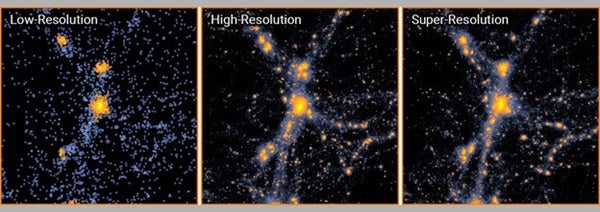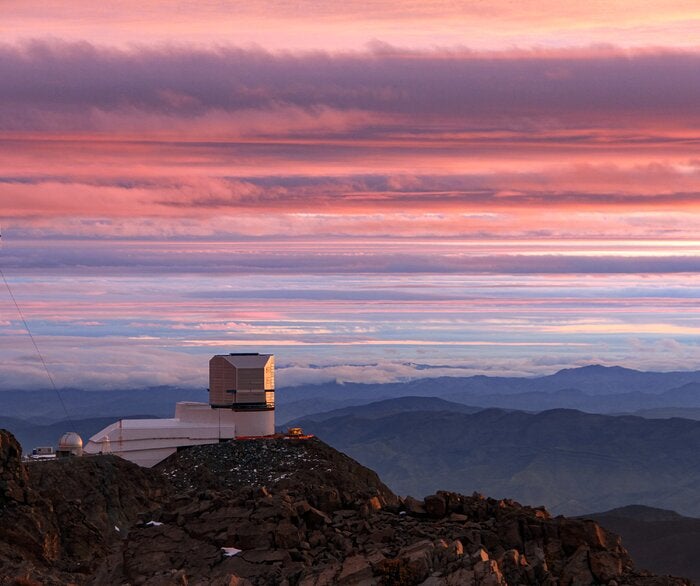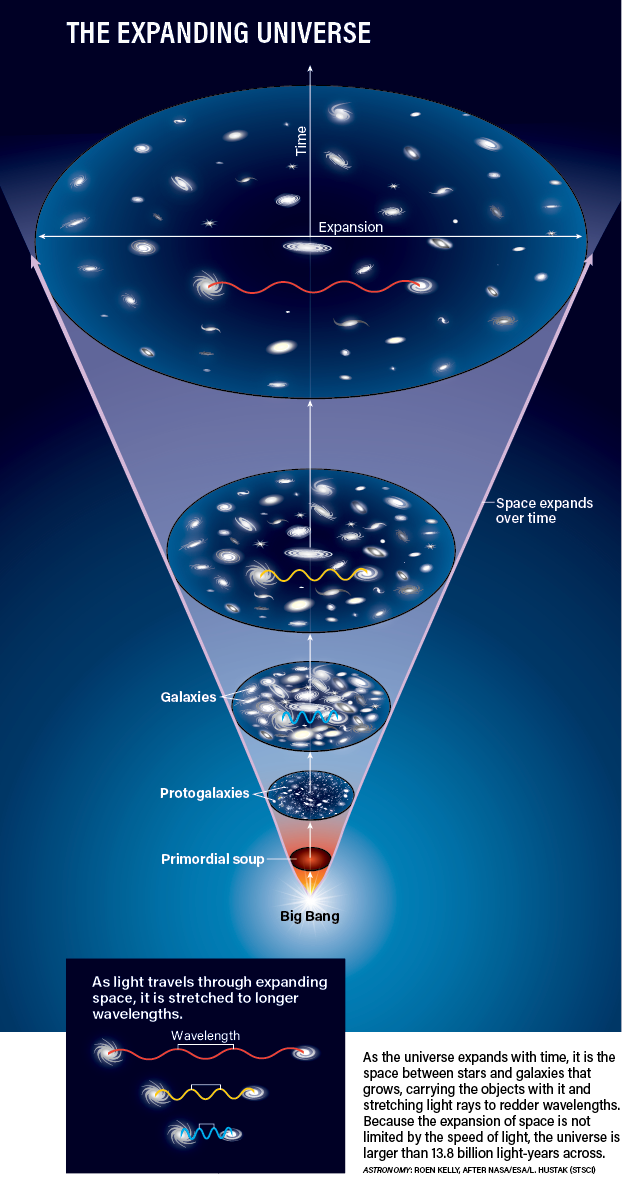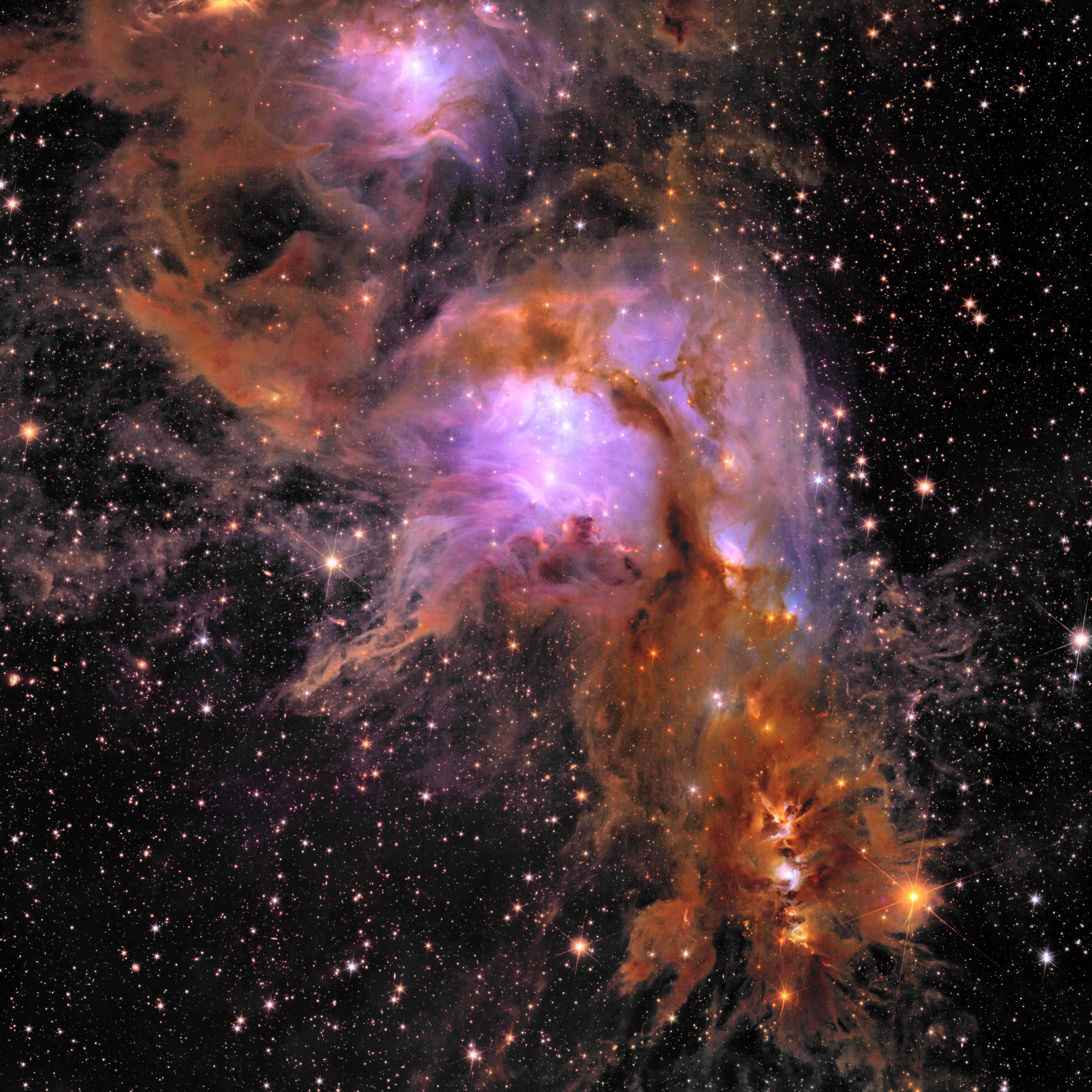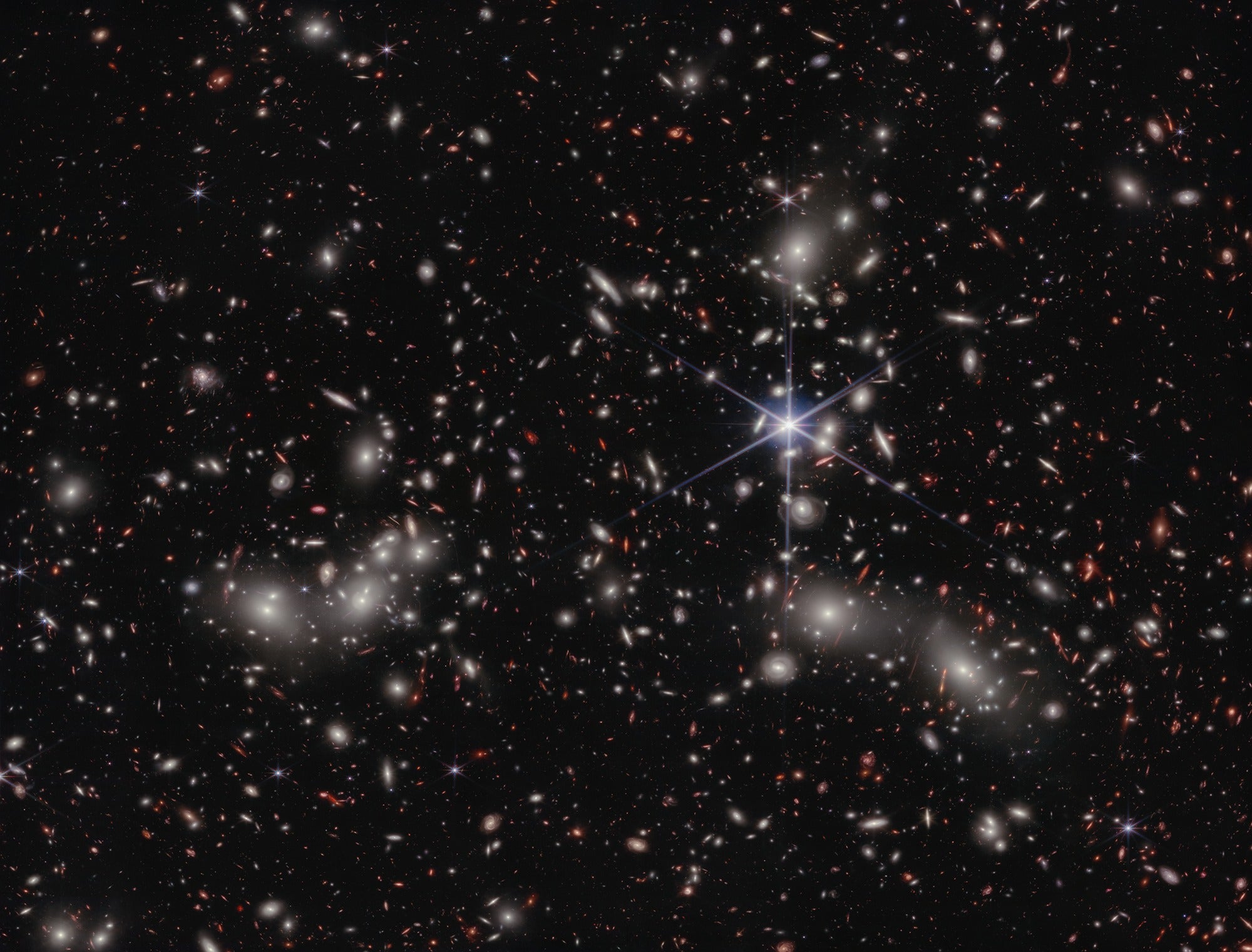Cosmologist Francisco “Paco” Villaescusa-Navarro has a problem.
“We are spending billions of dollars in ground and space telescopes to decipher the mysteries of the universe,” he explains, “but we are missing most of the information that the surveys contain.”
The issue is that in any survey, most of the information is at the very smallest scales. For example, if you look at a picture of a forest, you’ll get some information, like a rough idea of how many trees are in there. Once you zoom in a bit, you can see the individual trees and get more information – say, the different species and their heights. If you zoom in even more, the amount of information explodes: You can now determine their age, health, leaf structure, distinct colorings, and more.
As cosmologists work to unravel mysteries like the nature of dark matter, dark energy, and the expansion history of the universe, they often employ one of their favorite tools: galaxy surveys. These are maps of the positions and velocities of millions of galaxies, and are some of the largest collaborations in the world. For example, the Dark Energy Survey involves over 400 scientists from over 25 institutions across seven countries. While mapping only a relatively tiny fraction of all the contents of the universe, these surveys routinely provide powerful probes of cosmology.
However, almost all cosmology work involves taking these massive surveys and reducing them to comparatively simple statistical summaries, like the average spacing between galaxies or the number of galaxies at different distances. Cosmologists then connect these simple statistical summaries to the quantities they care about, like the amount of dark matter or the expansion rate of the universe.
To squeeze more juice from the cosmological orange, astronomers want to be able to use the smallest possible scales, which contain most of the information in the surveys. But while those small scales contain a lot of rich cosmological information, they are also full of non-cosmological pollution.
“Many people have shown that most of the information about fundamental physics, and also about astrophysics, is on those small scales,” explains Navarro, a research scientist at the Simons Foundation in New York City. “In that regime, it is hard for us to find patterns or even to develop some intuition given the complexity of the physics involved on it.”
All that extra information, like the dynamics of individual galaxies or supernova explosion rates, is great if you’re an astrophysicist, but an annoying contaminant if you’re a cosmologist. Astronomers do not have the sophistication to separate out astrophysical from cosmological information. When two galaxies are interacting in a certain way, for example, is that an imprint from the influence of dark matter or because of feedback from giant black holes?
To separate the information and get to the cosmological signal, we need better astronomers – AI astronomers.
“AI has to potential to find the optimal solution that allow us to extract all the information,” explains Navarro, who has worked with collaborators around the world to develop artificial intelligence methods for cosmology.
But before AI methods can be let loose on the universe, they first must be taught how to be good astronomers.
For that, Navarro and his collaborators turn to simulations. Cosmological simulations incorporate knowledge of all the physics that can possibly be shoved into a single computer. The expansion rate of the universe, the gravitational tug-of-war that shapes large structures, star formation, explosions from giant black holes, magnetic fields, and more all go into a modern simulation.
These simulations aim to reproduce as much of the physics in the real universe as possible and then match those simulations to observations. But with all the messiness of small-scale physics involved, that matching is hard – unless you’re an AI. “This is a simple task for AI, since it will identify patterns and find optimal solutions to problems that we do not know how to treat,” says Navarro.
Navarro and his colleagues produced thousands of simulations, varying all sorts of cosmological parameters (like the amount of dark matter) and astrophysical parameters (like the strength of star formation). Then, they fed these simulations into a type of AI known as a convolutional neural network, which is designed to identify even the most subtle patterns.
“[When we show] the networks many different maps or grids with different cosmologies and astrophysics, the network is learning some pattern that can be used to infer the cosmological parameters,” explains Navarro.
While promising, their work is just beginning. Most importantly, Navarro urges caution, explaining that AI can learn literally anything from these simulations, including patterns and connections that aren’t real, like artifacts from the simulation. To test the AI, it must be run not only on simulations but on existing surveys with known results. Only then can be trusted to provide cosmological information from future datasets.
However, he’s excited for the future. “I think AI is just starting. We are in the phase of exponential growth,” he said, “I personally don’t know how far AI can bring us, but I’m pretty sure things will never be as before.”

